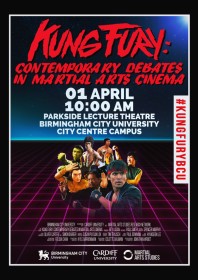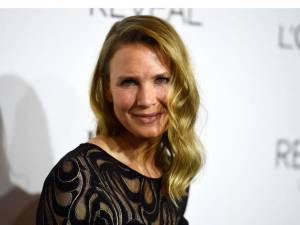GCN+–the Global Cycling Network– is about to expire. It’s all over on December 19, 2023.
You can read about it closing in this article, The rise & fall of GCN+ – is the livestream party over for cycling fans?
The closure isn’t good news for those of us in Canada.
“At the moment none of us really know, and depending on where you happen to live in the world the scenario will play out very differently in terms of whether you will still be able to access the live coverage via other associated platforms or apps. Most road.cc readers will still be able to access all the same cycling content as before via Warner Bros. Discovery platforms, with the same roster of presenters and commentators – however, it could be far more complicated for those living outside of Europe and in the US, who have come to rely on GCN+ after many years of virtually no live coverage or even online highlights being available elsewhere in some regions.”
It’s been a great way to watch bike racing as well as documentaries about the sport of cycling. Sarah is nervous. She’s been a big fan of the coverage of women’s bike racing offered by GCN+. She signed up during the pandemic and has enjoyed following the races.
So this weekend, both still feeling a bit worse for wear, we decided to check out some of GCN+’s documentaries while we still have access to the streaming service.
First, we watched NORSEMAN: THE WORLD’S TOUGHEST TRIATHLON.
“Every year, 300 of the world’s wildest triathletes descend on the fjords of Norway to take part in the toughest race of their lives. The Norseman Xtreme Triathlon includes a 3.8km swim in icy waters, a 180km bike ride with 5000 metres of climbing, and finally a marathon up a mountain. We follow 3 competitors as they make their way through this epic challenge. Alan Hovda, a 3-time race winner who is chasing his 4th victory; GTN’s own Mark Threlfall, an ex-professional who has always had his eyes on this event, but who has never before competed in an iron man distance event, and Ole Peder Moe who despite challenging family circumstances puts in the race of his life with some emotional consequences.”
While this falls into the category of things you couldn’t possibly imagine ever doing (for me at least), it’s shocking how many people want to give it a go. There’s a lottery–232 spots and more than 8000 applications.
Even the start of this race is terrifying. Swimmers take a ferry in the dark into a beautiful fjord and then (this is the worst bit) jump off the back of the ferry from what looks like a great height and bob about in freezing water until the start gun after 15 minutes or so. Brrrr.
It’s all stunningly beautiful in that harsh Norwegian way. I really want to visit there and ride bikes.
The bike is a lot of climbing, and then the run ends by racing up a mountain. The documentary follows three participants, including a GCN commentator, who got to forgo the lottery because of the documentary but who had never done an iron distance triathlon of any sort before.
We enjoyed the documentary, though we wished they’d shown some of the women competitors. Even though only 15% of the participants are women, it would have been nice to hear from them in the documentary.
Then after a short break, we watched BREAKING THROUGH: THE RISE OF AFRICAN CYCLING

“In a new GCN+ documentary, the story of African cycling is brought into focus with a look at the Tour of Rwanda, the young riders that are inspired by the Black African trail blazers in Europe and what riders like Girmay can mean for the future of African competition. In the documentary, GCN speaks with so many different voices, including Girmay, Doug Ryder and Chris Froome, involved with bringing African cycling to global prominence, while showing the vivacity of the racing in the continent at the Tour of Rwanda.
Furthermore, with the continent having a higher percentage of unpaved roads than paved, the documentary highlights the work of the well funded Team Amani and the Migration Race. Team Amani goes even outside of cycling with its work with African riders on nutrition and academic education.”
We enjoyed the documentary but again, not shocking, I wish they’d paid more attention to the women riders. I loved the section on Diane Ingabire the best.
Diane Ingabire
You can watch a trailer for the documentary here.











 e said that she has only just started to skim the surface of this fascinating topic, and intends to go into it more deeply for her next project. I for one will be looking forward to her conclusions very much . . . !
e said that she has only just started to skim the surface of this fascinating topic, and intends to go into it more deeply for her next project. I for one will be looking forward to her conclusions very much . . . !
